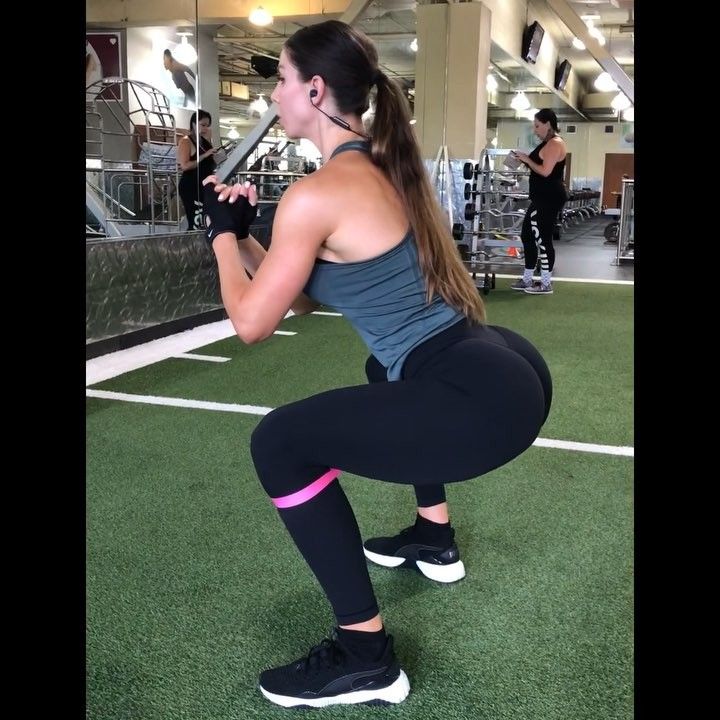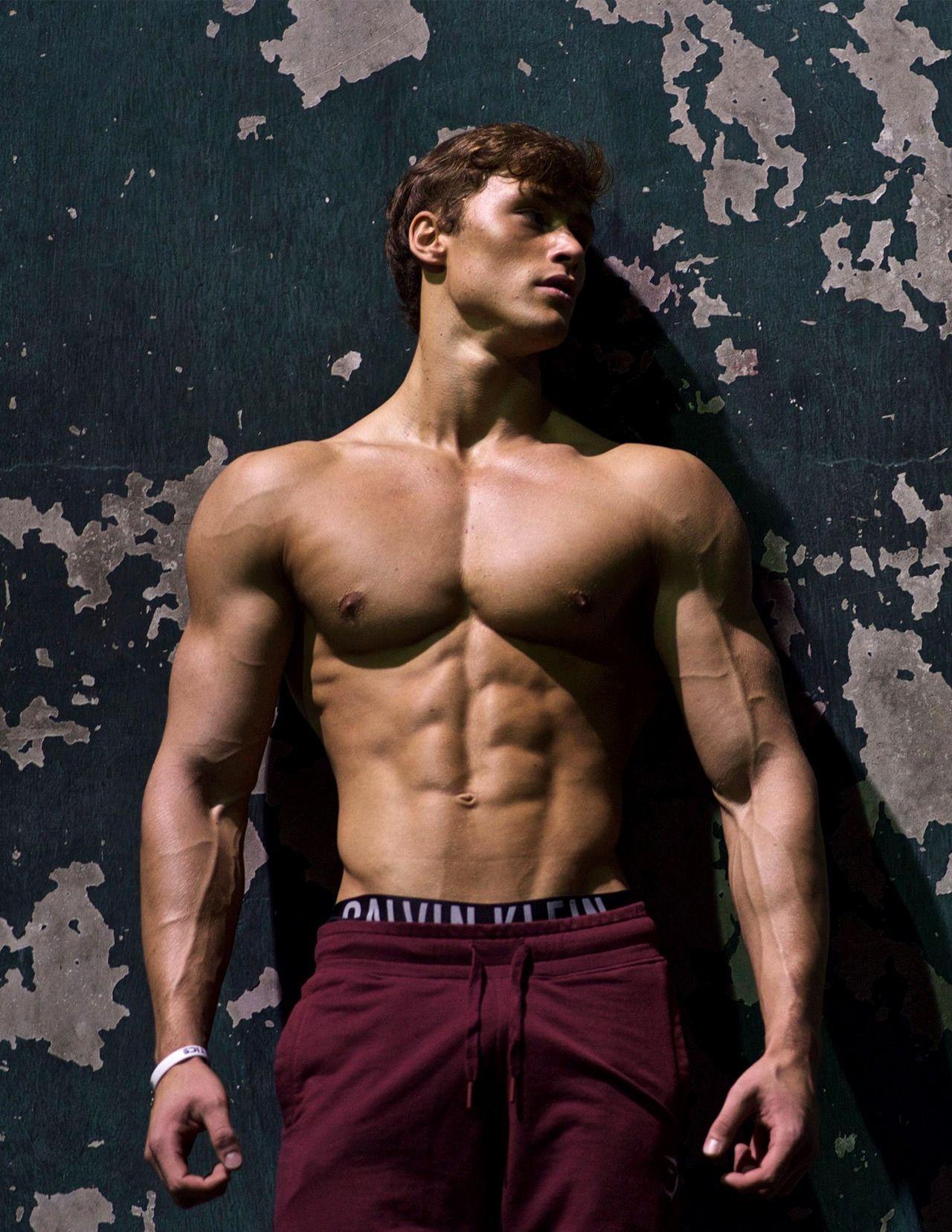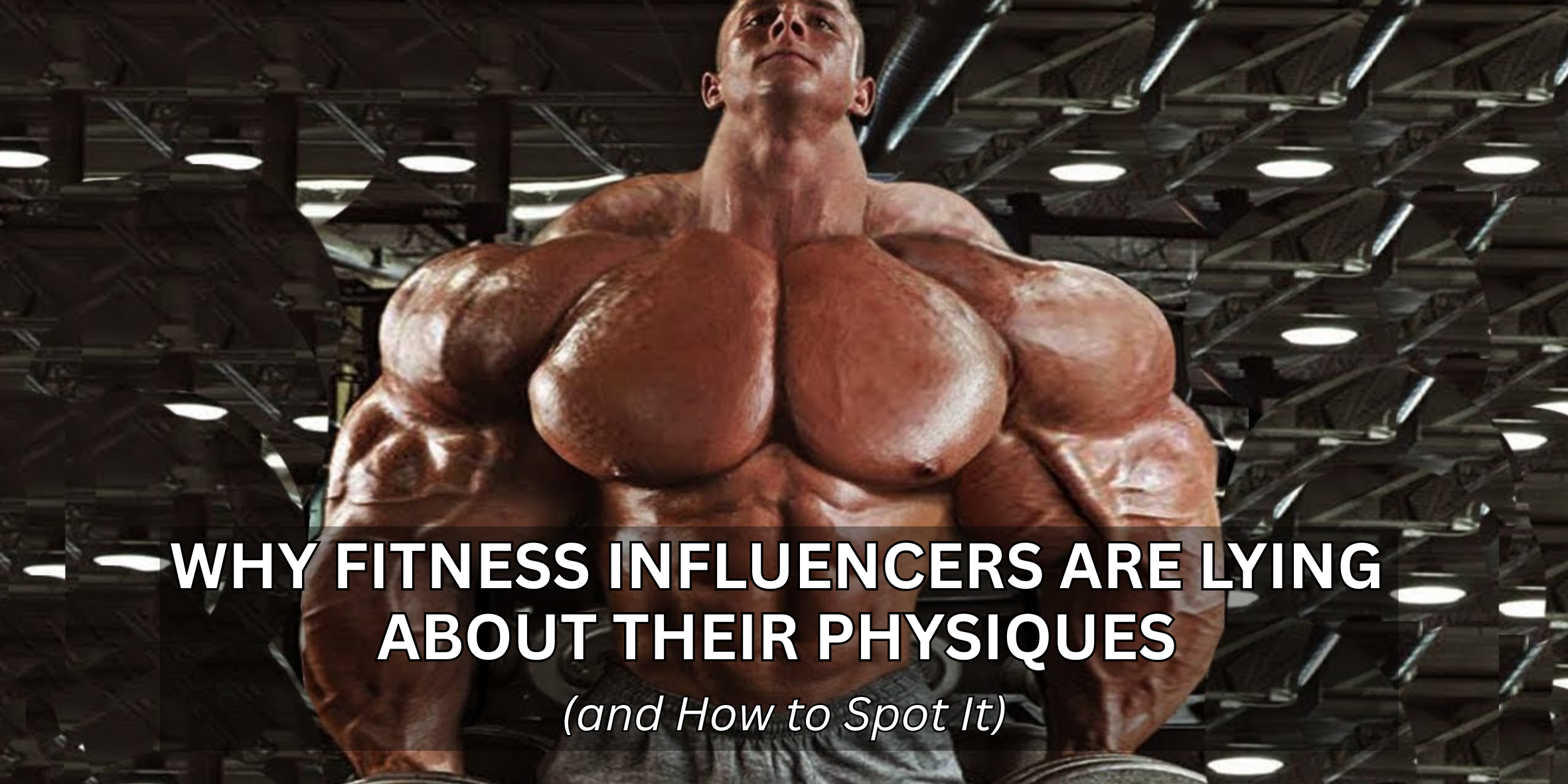The Illusion of Perfection
Scrolling through Instagram, you’re bombarded with chiseled abs, vein-popping biceps, and glutes that defy gravity. Fitness influencers like Simeon Panda, Mike O’Hearn , and Brian “Liver King” Johnson dominate feeds, selling the dream of a “perfect” physique. But here’s the hard truth: most of these physiques aren’t real—or at least, not attainable naturally. Behind the scenes, performance-enhancing drugs (PEDs), Photoshop wizardry, and deceptive lighting create an illusion that keeps you chasing the impossible. Let’s pull back the curtain.
The Dirty Secrets Behind “Natural” Physiques
- PEDs: The Elephant in the Gym
The Problem:
Many influencers claim to be “natural” while sporting physiques that scream steroid use. Take Simeon Panda, a fitness icon with 7M+ followers. His freakish muscle mass, razor-sharp conditioning, and year-round vascularity have fueled speculation for years. Despite his claims of naturalness, experts argue his physique is biologically unattainable without PEDs.
How to Spot It:
- Unnatural Muscle Density: PEDs like anabolic steroids allow users to bypass genetic limits, creating cartoonish muscle fullness.
- Year-Round Shreddedness: Maintaining single-digit body fat while building muscle is nearly impossible naturally.
- Rapid Transformations: If an influencer’s “6-month progress” shows Hulk-like gains, suspect chemical help.
The Simeon Panda Controversy: A Case Study
Simeon Panda, one of fitness’s biggest stars, has long denied PED use despite his superhuman physique. Critics point to:
- 24/7 Vascularity: Veins popping in every photo, even at higher body fat levels (a classic steroid side effect).
- Rapid Recovery: Posting daily high-volume workouts without signs of overtraining (enhanced recovery is a PED perk).
- Inconsistent Physique: Fluctuations in muscle size and leanness across posts, hinting at cycle-based drug use.
When pressed, Panda dismisses critics as “haters,” but his refusal to take a legit drug test speaks volumes.
The Hypocrisy:
Influencers profit by selling workout plans and supplements claiming, “This is all you need!” Meanwhile, their secret PED use goes unmentioned.

- Photoshop: The Digital Steroid
The Problem:
Even with PEDs, influencers still rely on editing apps to perfect their images. Instagram vs. Reality accounts have exposed countless fitness stars for warping their waists, enhancing muscles, and smoothing skin.
Case Study: Brittany Perille
The “Queen of Glutes” faced backlash when unedited photos leaked, showing her famous curves were exaggerated with Photoshop. Her waist was widened, hips narrowed, and cellulite airbrushed away—proving even the “fittest” bodies are edited.
How to Spot It:
- Background Warping: Look for bent door frames, warped tiles, or blurred edges around muscles.
- Unnatural Proportions: Abs wider than their head? Hips that defy physics? Red flag.
Too-Smooth Skin: Real bodies have texture, pores, and imperfections.

- Lighting & Angles: The Magic Trick
The Problem:
Strategic lighting and posing can turn a “dad bod” into a Greek god in seconds. Influencers like David Laid (known for his “teen transformation”) use shadow manipulation to highlight every muscle fiber.
How to Spot It:
- Overhead Lighting: Creates deep shadows under pecs and abs, faking definition.
- Pump & Pose: Photos taken post-workout (when muscles are pumped) exaggerate size.
- Flexed vs. Relaxed: Influencers rarely show unflexed, relaxed states—where reality kicks in.

How to Protect Yourself From the Lies
- Follow Science, Not Aesthetics: If a physique looks unreal, it probably is.
- Seek Transparency: Support influencers who show unedited photos, discuss PEDs honestly, or admit to using enhancements.
- Focus on Function: Prioritize strength, mobility, and health over chasing someone else’s Photoshop fantasy.
The Bottom Line
The fitness industry thrives on selling insecurity. Influencers profit by making you feel inadequate—then peddling the “solution.” By learning to spot their tricks, you reclaim your power. Remember: Real fitness is about progress, not perfection.
🚨 Tired of the lies? Join The Strong Committee for no-BS training, natural nutrition strategies, and a community that values real progress over fake aesthetics.

